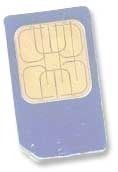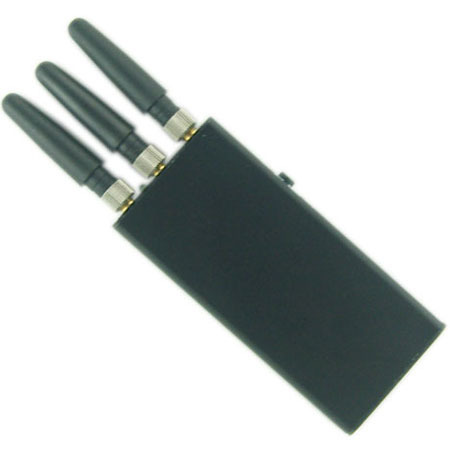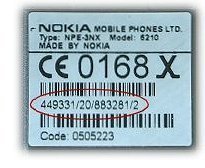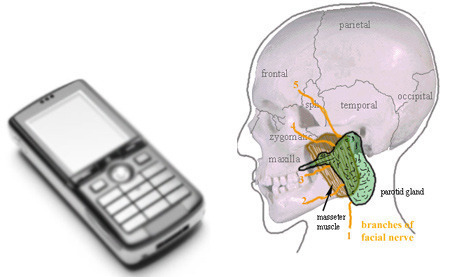A SIM (Subscriber Identity Module) card is a type of interface card that is found in most modern cell phones and contains the user’s account information as well as some types of media, such as contacts, pictures, and sometimes ringtones. A SIM card contains an ICCID, or Integrated Circuit Card ID, number that identifies the SIM card to the network, an IMSI, or International Mobile Subscriber Identity, number that identifies the person who is associated with the SIM card, cryptographic information for security purposes, temporary information concerning the local network the SIM card is connected to, a list of services the user is allowed to access, and a PIN and PUK for user authentication.
How SIM Cards Work
While SIM cards used to be the size of a standard credit card (85.60 mm × 53.98 mm × 0.76 mm), smaller phones have required the development of smaller SIM cards, which are now 25 mm × 15 mm × 0.76 mm in size. The SIM card can be found in the back of any standard cell phone behind the battery. The SIM card is contained within a small tray and can be removed, replaced, or moved to a new phone at any time. However, while the SIM card may contain the most essential information a user will need to keep, such as his/her contacts, cell phone number, and services, the user will need to transfer media files, such as pictures, videos, and messages through other means.
Applications
While many prepaid phones contain user information in the phone itself or have a sealed SIM card that cannot be seen or removed, contract cell phone plans require a SIM card in case the user ever needs to transfer his/her account to a new phone. Because SIM cards are removable, users can retain all of their services, contacts, and their own cell phone number by simply pulling the SIM card out of one phone and inserting it into another.
Advantages
SIM cards have several important advantages. For example, a SIM card can be taken from one phone and placed in another. This allows the user to transfer their services and personal information to a new phone without having to manually rewrite every file or purchase a new service plan. SIM cards are also advantageous because they are conveniently stored behind the battery of most phones, preventing damage and keeping the user’s data plan safe.
Disadvantages
While SIM cards are advantageous, they do lack several features that some users may desire. For example, SIM cards are not designed for personal storage and are, therefore, not capable of storing enough data to contain video files, large audio files, or large amounts of text messages. Additionally, SIM cards are made for a specific service plan that the user has with his/her service provider, preventing the user from using a SIM card in a cell phone made by a different company.
How to Insert a SIM card into an iPhone
While most cell phones store the SIM card in a small tray behind the battery, iPhones are slightly different. In order to insert a SIM card into an iPhone, the user must first locate the rectangular tab on top of the iPhone. The rectangular tab has a small hole on its right side. The user should insert a paper clip or similar object into the hole and pry the tab out. This tab is actually a tray that holds the SIM card. The user should then remove the SIM card that is already in the iPhone and insert the new one into the tray. The tray should then be inserted back into the iPhone and the iPhone should be restarted.
How to replace a SIM card
If the user’s SIM card ever stops working or the user wishes to replace the SIM card with a more advanced version or one from another device, the user can usually have the SIM card replaced for free by contacting his/her service provider. Once the user has obtained a new SIM card, he/she can follow the steps laid out above to insert it into the iPhone.




lazarus
hello! great text!
my mother changed her sim card and she has some memory messages on sim card she owned before… i hooked up sim to a phone, but i don’t don’t know where to start… i just want to find data where SMS is store and to copy it….
Karla
In September my contract with tmobile expires and I’m going to a different company. A family member wants my HTC My Touch Slide 3g and with it being a smart phone, could a family member transfer their tmobile sims card to the phone and have the exact plan as I did? Or would it be the plan they had with their old tmobile phone?
Ajay Khule
Hi Karla,
I think your family member will have his same old plan activated as, plans are not related to mobile phones they depend on actual plan selected by the user of the SIM/service.
dichar
Is there anyone who can explain me how to be a provider of an own mark of simcard. What do I need to make this project realisable?
Thanks
Will.Spencer
There are lots of vendors who can help you, including dz card and CardLogix.